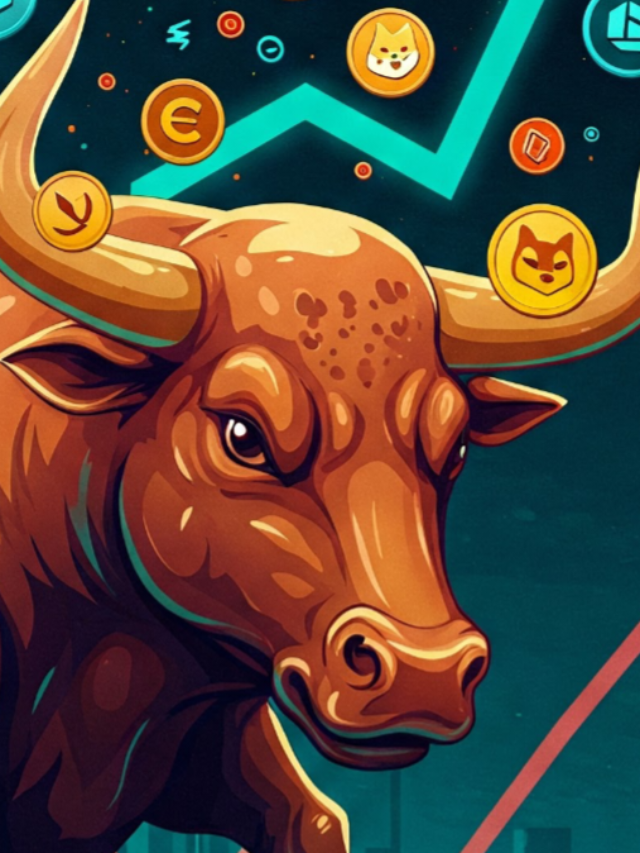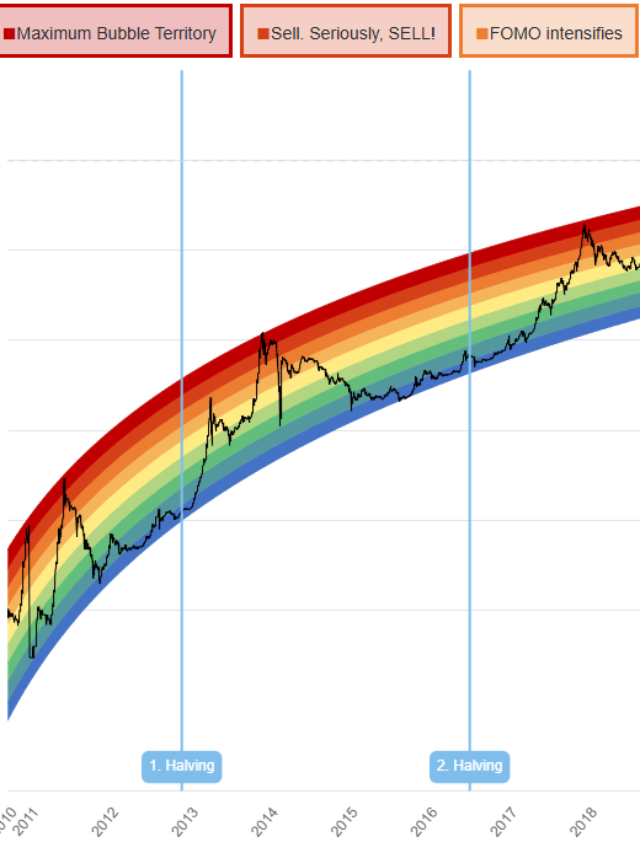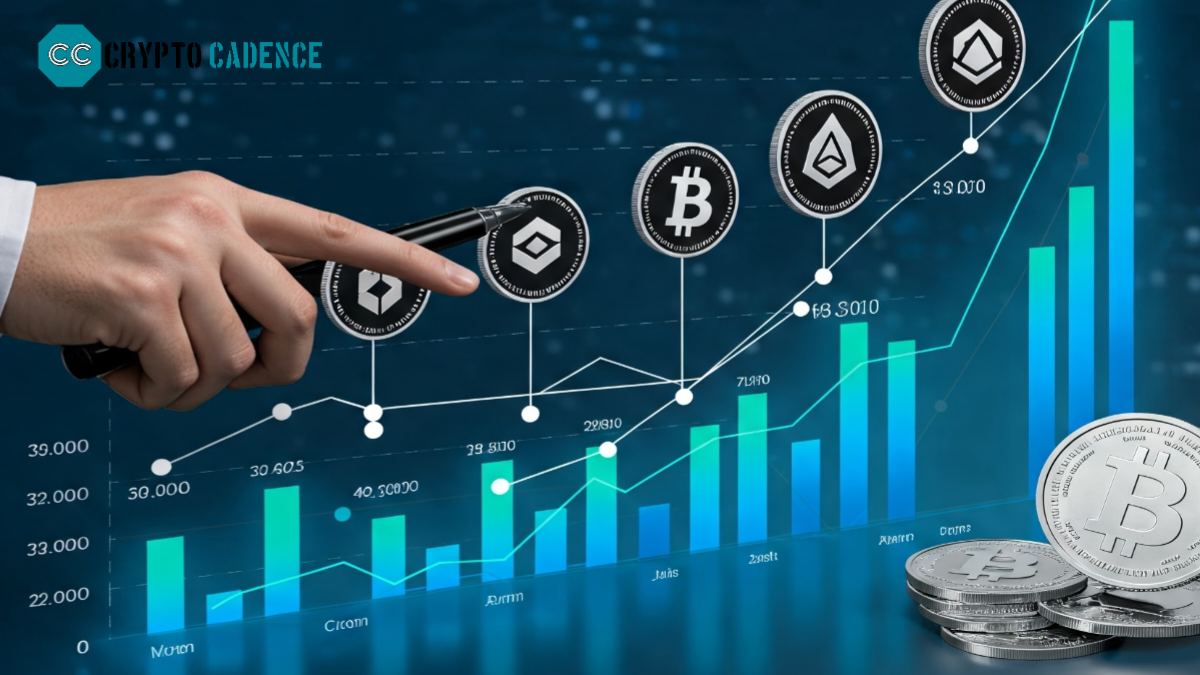The cryptocurrency market, which once seemed like a small corner of finance, has now grown into a major global force with a market capitalization of over $2 trillion. It is increasingly connected to the traditional financial world, reacting strongly to economic signals such as the Consumer Price Index (CPI). This article explains how the CPI affects cryptocurrency markets by examining past trends, investor behaviors, and the relationship between inflation and digital currencies.
What is the CPI and why it matters
The Consumer Price Index (CPI) tracks how the prices of everyday goods and services change over time. It is an important measure of inflation, showing how much purchasing power has changed and how that affects the cost of living. Central banks such as the Federal Reserve (Fed) and the European Central Bank (ECB) use the CPI to guide their monetary policies, including decisions about interest rates and quantitative easing (QE).
When the CPI rises more than expected, it often leads to inflation, which can prompt central banks to take austerity measures like raising interest rates to slow the economy. On the other hand, if the CPI comes in lower than expected, central banks may adopt accommodative policies like cutting rates or introducing stimulus to encourage growth. These changes in policy can have a big impact on all financial markets, including cryptocurrencies.
How does the CPI affect crypto markets
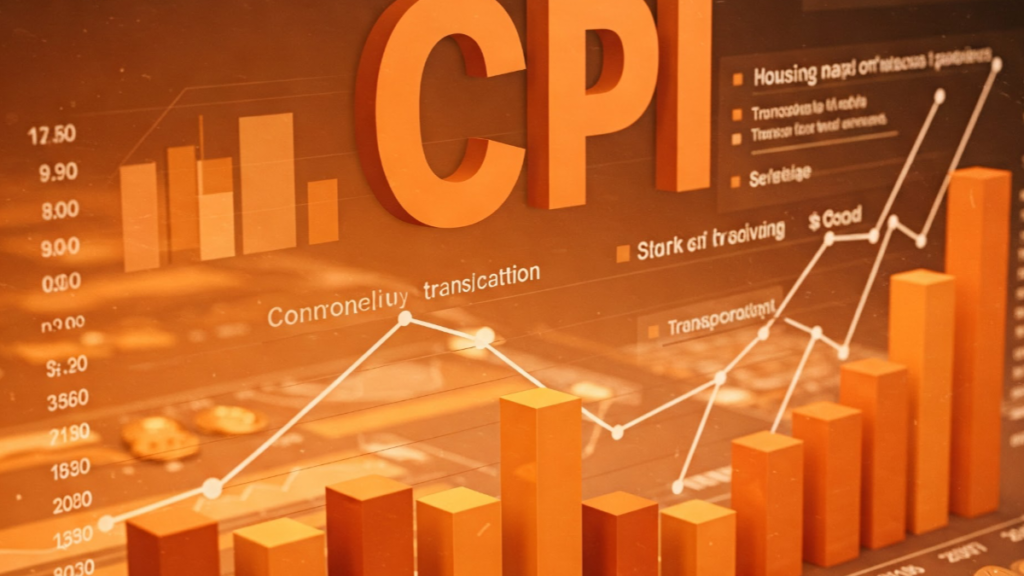
1. Changes in risk sentiment
Cryptocurrencies, especially bitcoin, are seen as “risk-on” assets. This means that when investors feel optimistic and willing to take risks, such as during periods of low interest rates, their prices typically rise. But high CPI figures – which reflect the possibility of a rate hike – can lead to a risk-off sentiment, where investors prefer safer assets like bonds or gold. For example, in 2022, the CPI hit a 40-year high of 9.1%, prompting the Fed to quickly raise rates. In response, Bitcoin’s price fell from $47,000 in March to under $17,000 by year’s end, similar to the drop in tech stocks, which fell 33% on the Nasdaq. In contrast, when the October 2023 CPI report showed inflation decreasing to 3.2% year-over-year, Bitcoin jumped 10% in just one week as traders anticipated a possible change from the Fed.
2. Liquidity and monetary policy
Crypto markets rely heavily on liquidity. When central banks pursue expansionary policies like QE, this increases liquidity and can lead to a rise in crypto markets. However, if they tighten policies, this can reduce liquidity and put upward pressure on prices. For example, when the Fed reduced its balance sheet in 2022, the price of Bitcoin fell by 65%.
3. Bitcoin as an inflation hedge
Bitcoin was originally seen as “digital gold”, intended to protect against the declining value of fiat money. Nevertheless, its track record in times of inflation has varied:
- From 2020 to 2021, Bitcoin’s price surged as governments implemented COVID-19 stimulus, bolstering its image as an inflation hedge.
- However, in 2022, it struggled, as rising interest rates strengthened the US dollar, making Bitcoin less attractive. This inconsistency reveals the changing role of cryptocurrencies in investment portfolios.
Volatility and market movements
Crypto markets are known for their volatility, and CPI releases tend to amplify price changes. Traders often apply strategies such as:
- Anticipating the move: Prices may change a few days before CPI announcements as traders position themselves based on forecasts.
- Forced liquidations: Sudden price fluctuations following a CPI report can lead to significant liquidations in leveraged markets. For example, Bitcoin saw $300 million of liquidations following the June 2022 CPI release.
Institutional Participation and Market Correlations
The rise of institutional investors has strengthened the relationship between cryptocurrencies and traditional markets. For example, Bitcoin’s correlation with the S&P 500 peaked at 0.7 over a 90-day period in 2022, indicating that the two markets often move together in response to economic shocks. When the CPI sparks a selloff in equities – particularly tech stocks – it often pulls crypto down with it due to overlapping investor interests.
Global Differences
The effects of the CPI can vary depending on location:
- U.S. Effect: U.S. CPI data has a greater impact on cryptocurrencies, mainly due to the dollar’s status as a reserve currency and the Fed’s reach.
- Emerging Markets: In countries facing hyperinflation, such as Argentina and Turkey, there is often more interest in cryptocurrencies as people seek stability.
- Government Responses: In times of inflation crisis, some countries may tighten crypto regulations to control capital flight, as in Nigeria in 2023
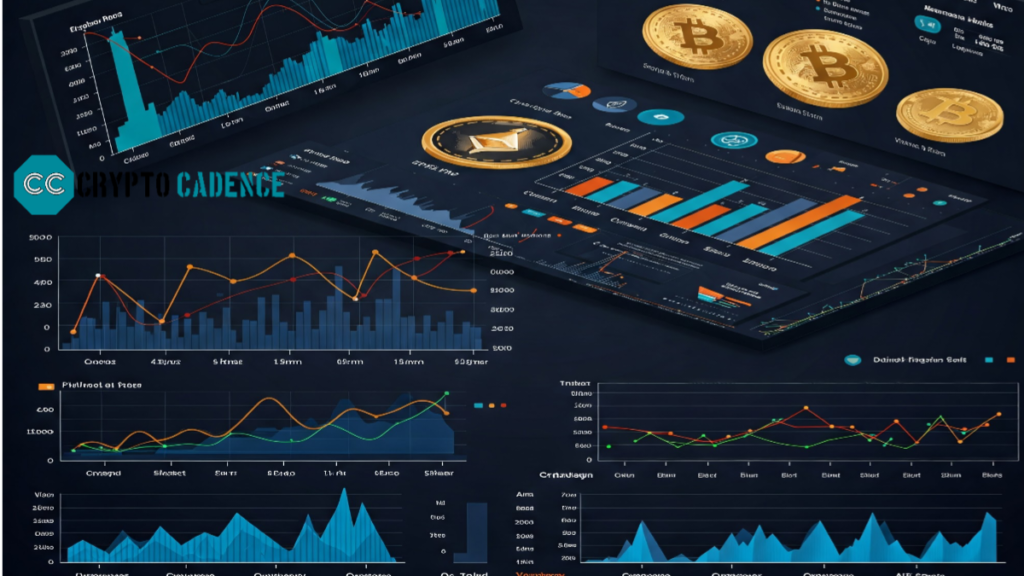
Looking Ahead
How the crypto market reacts to CPI data in the future depends on:
- Federal Reserve decisions: If the Fed maintains its current policies or cuts rates, this could spark a surge in crypto markets again.
- Adoption patterns: Greater acceptance of institutional custody solutions and ETF approvals could reduce market volatility.
- Divergence from traditional markets: Should Bitcoin become seen more as a store of value, it could begin to move independently of traditional markets during times of rising inflation.
Crypto Whales Explained: The Billion-Dollar Players Behind the Scenes
Final thoughts
CPI data plays a key role in shaping crypto market behavior, highlighting its connection to macroeconomic trends. While cryptocurrencies have yet to prove to be a fully reliable inflation hedge, their reactions to factors such as liquidity and risk will keep CPI releases at the forefront of market activity. As this asset class matures, its relationship with inflation is likely to evolve. For now, traders need to be cautious on CPI-related days, balancing short-term market reactions with long-term fundamentals.




